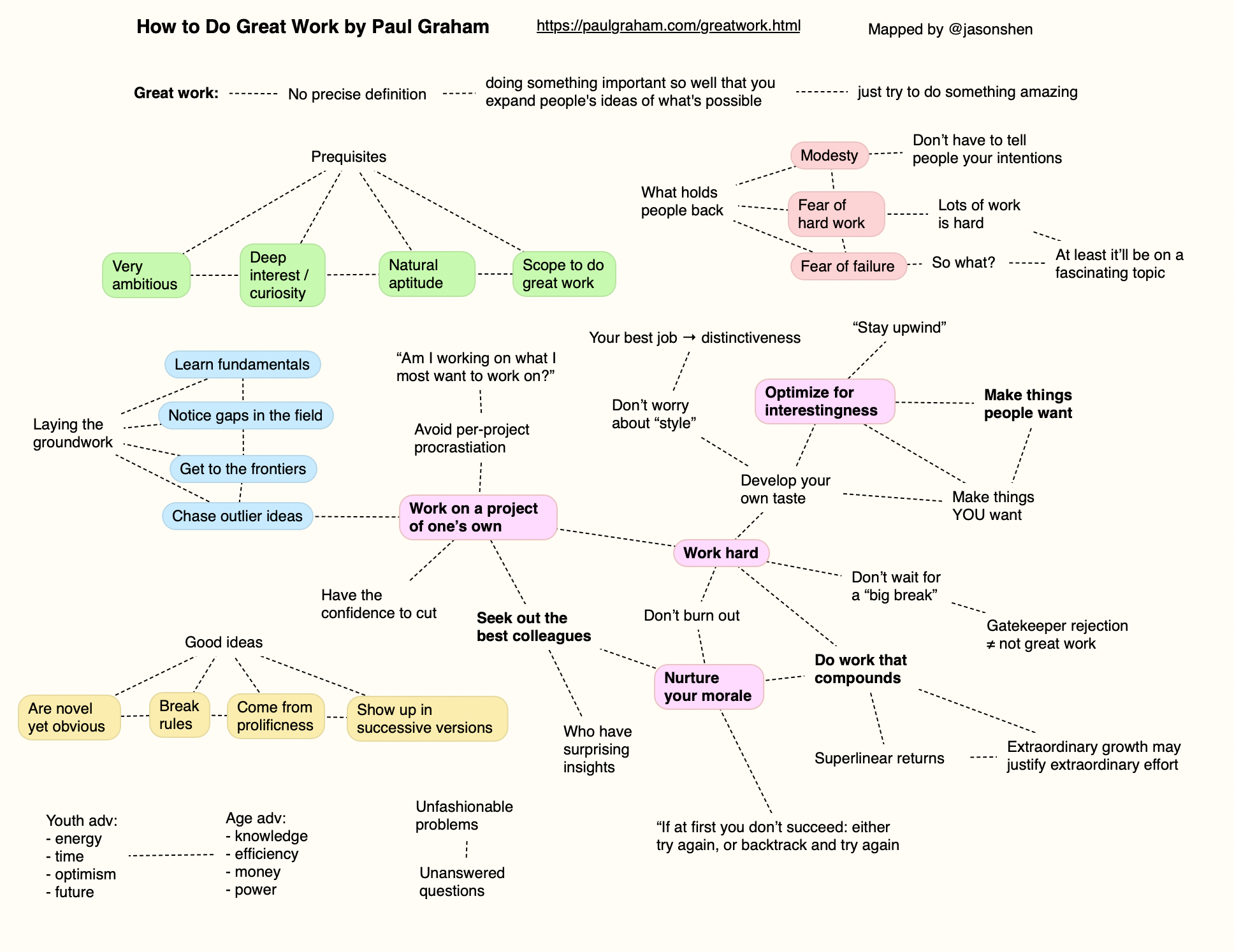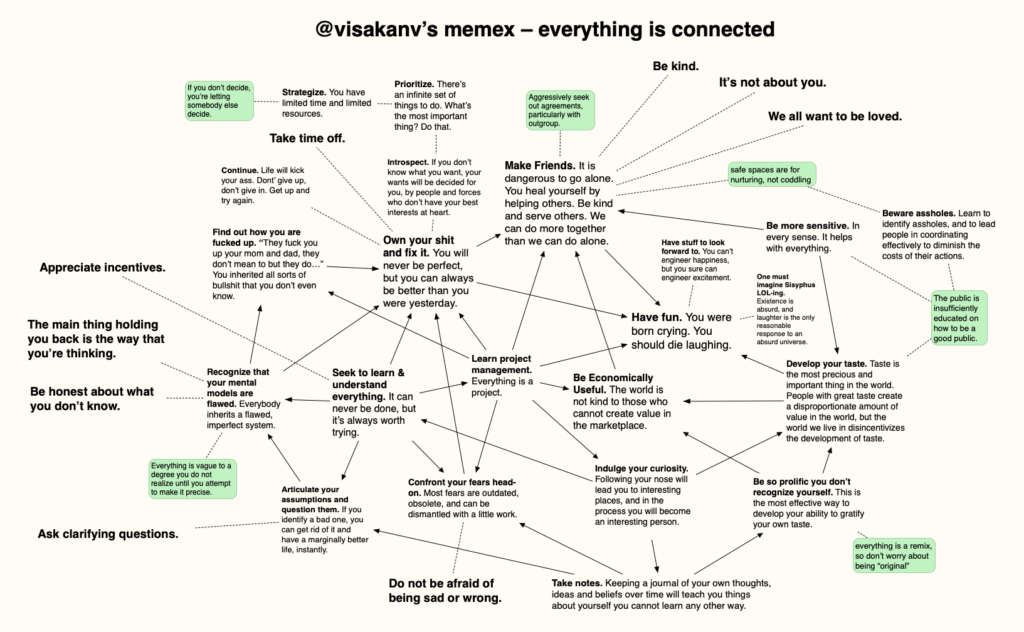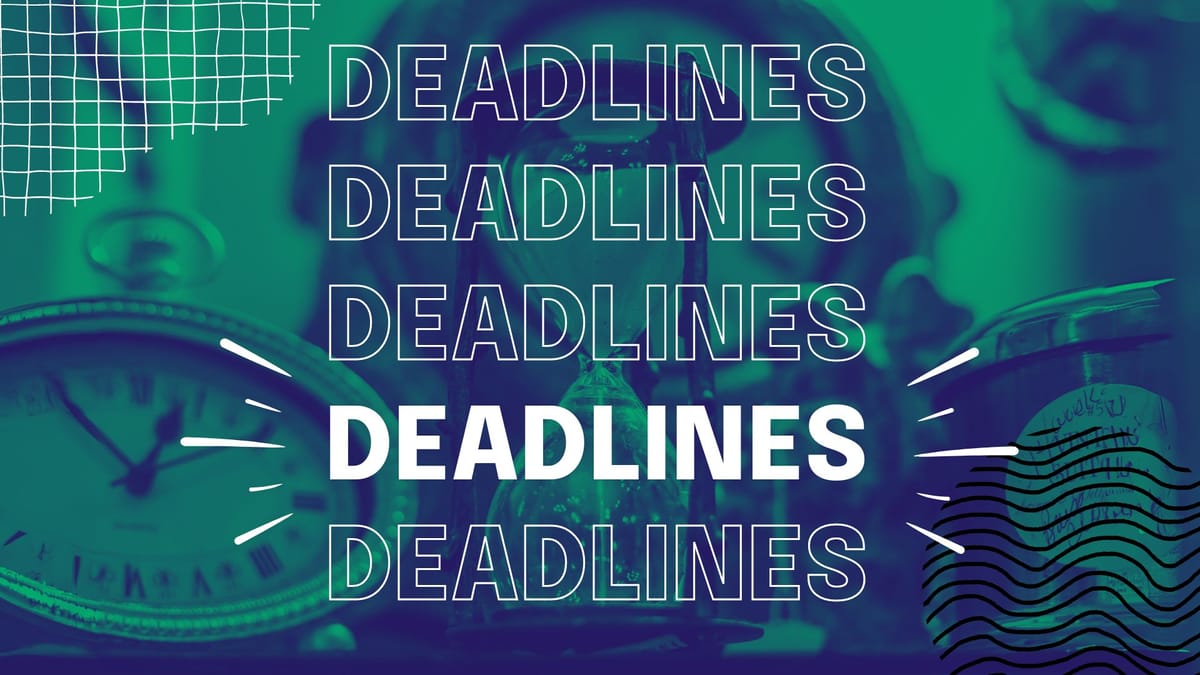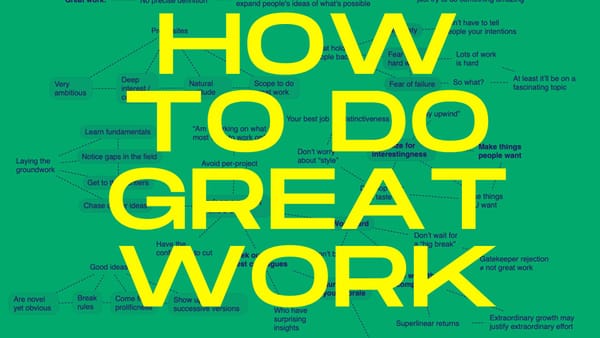A couple of months ago, I wrote about timeless pieces of wisdom that I come back to again and again.

One of those is an article by Richard Hamming called "You and Your Research," and it's written for a PhD student or academic scientist, encouraging them to be ambitious, go after unsolved problems—the biggest questions in their field, and not waste time on the small stuff, because life is short, and going after ambitious things is important.
That piece was written in 1965, and obviously, a lot has changed in the world since then, but the piece is timeless because of the core ideas expressed in the essay.
Last year, Paul Graham, who is the founder of Y Combinator, wrote an essay called "How to Do Great Work" and in many ways, this is a spiritual successor to Hamming's "You and Your Research."
Paul Graham, or PG as many of us affectionately call him, has both the training of an academic with a PhD in computer science but also that of an artist, having done an intensive painting program in Milan. As a technologist, entrepreneur, and early-stage investor, his perspective is grounded in our modern world and business, capitalism, while retaining an appreciation for the pursuit of knowledge, innovation breakthroughs, and art.
I've been meaning to carefully read this essay and try to unpack its wisdom because it was a bit intimidating at 10,000 words when it first dropped last summer. I remember bookmarking it and planning to read it later, but never got around to it.
PG's essays tend to be pretty dense in terms of ideas, though he writes in a very simple and accessible format. It can take time to really think things through. But I finally got around to it this week.

It happened because I've been working on a larger retrospective about Paul Graham's essays for another project that a few Y Combinator alumni are creating. So I'm kind of doing double duty here, reading this essay, writing about it for the newsletter, and doing primary research for my own submission for this book.
What I think is interesting here is that I made a mind map of the essay. I've been inspired to make mind maps and use this tool called Scapple for a couple of years. And I think it really started from reading Visakanv's posts, where he will do these sorts of diagrams on Twitter, and I really like them. So, I decided to do one for "How to Do Great Work."

My own conclusions and takeaways from the essay:
- Have a project of your own where you pursue questions and areas of personal interest (this is how some people go "super saiyan")
- Find great collaborators to inspire you and provide surprising insights regularly
- Focus less on what the gatekeepers think and try to make something you and your peers would be impressed by
- Work hard, especially on projects that have compounding returns
- But also protect your morale and avoid burning out
Great work doesn't have to be a startup, though of course, it can be. It can also be a book, it can be an independent research project, it can be an open-source technology, it can be a lot of different things.
And I think the work that I'm doing here with my newsletter, with my book, "The Path to Pivot," and even with my coaching practice, is my own version of great work. It's how I am following my own interest in helping people grow individually, and in community. To pursue their highest aspirations, the activities that really bring them to life, not just status-seeking or prestige-chasing.
There are a lot of other interesting ideas you can pick up from the mindmap and the essay more generally so definitely go take a read.
I don't post much on Twitter but the mindmap has picked up some steam.
How to Do Great Work by @paulg
— Jason Shen (@JasonShen) February 25, 2024
The average PG essay contains condensed wisdom packed into 500-1500 words.
So when he dropped this 10k word essay in the summer of 2023 on how ambitious people could do great work, it was—as they say—Christmas in July.
The essay reminds me of… pic.twitter.com/G6lJg63mJy
And if you want to do great work with others—consider my upcoming group coaching cohort, The Next Chapter. Our first session is Wed March 6th at noon Eastern and applications close Feb 29.
—Jason

How I Can Help You
As most of you know, I'm now a full-time coach and CEO via my firm Refactor Labs. With that, I have a couple ways I can help. Reach out if any of these speak to you or your organization.
🧢 Executive Coaching: 1:1 + small group sessions that unlock transformational growth through extended partnership.
🛠️ Participatory Workshops: Interactive seminars designed to learn and practice crucial skills for navigating complex transitions—storytelling, emotional intelligence, experimentation and more.
🎤 Keynote Talks: High energy presentations that challenges audiences to dream bigger and act bolder in the pursuit of excellence.
Coming soon: Templates, exercises, and other low-cost ways to build resilience and develop your outlierness.
Recent Issues





